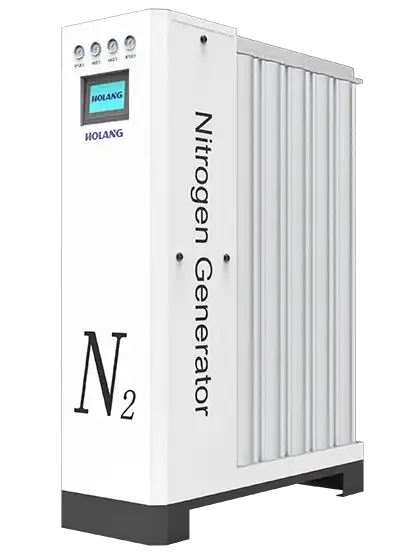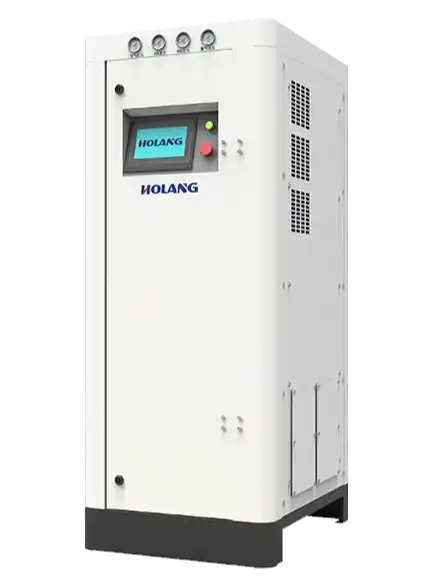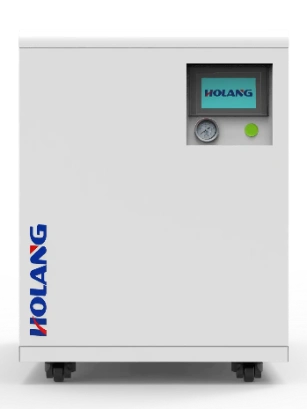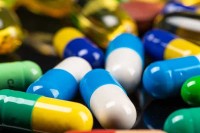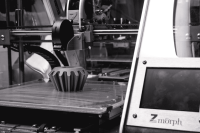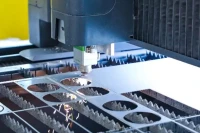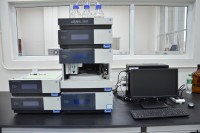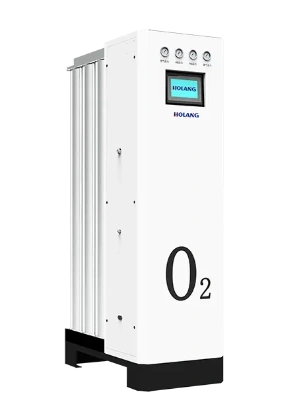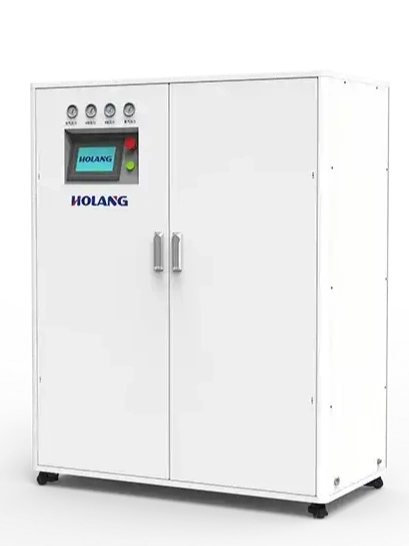In today’s analytical and research laboratories, nitrogen has quietly become one of the most essential yet underestimated resources. It is invisible, odorless, and chemically inert — the perfect background gas that allows sensitive analytical instruments to perform under controlled and repeatable conditions. From gas chromatography (GC), liquid chromatography–mass spectrometry (LC-MS), and thermal analysis to elemental detection, leak testing, and sample drying, nitrogen is always present behind the scenes, ensuring that measurements are accurate, baselines are clean, and data are consistent.
However, many laboratories still manage their nitrogen supply the same way they did twenty years ago: by purchasing high-pressure nitrogen cylinders, using them until nearly empty, and swapping them for new ones when pressure drops. This traditional approach feels convenient, but it introduces hidden variables that quietly influence data quality, safety, and cost. The truth is simple: the real determinant of laboratory precision isn’t the brand of the analyzer or the software used — it’s the stability of your laboratory nitrogen system.
Below we explore the key misconceptions surrounding nitrogen use in labs and explain how modern PSA and membrane nitrogen generation systems redefine reliability, efficiency, and control.
1. Purity Alone Does Not Guarantee Accuracy ⚖️
When laboratories source nitrogen, the conversation almost always starts with purity levels — 99.9%, 99.999%, or even “six nines.” While these figures look impressive, they are meaningless without stability. A purity of 99.999% on paper may still produce inconsistent data if the dew point, oxygen concentration, or pressure fluctuates during analysis.
Consider two nitrogen supplies: both advertise 99.999% purity. One maintains a stable dew point of −50 °C and pressure of 6 bar; the other experiences shifts to −30 °C or sudden pressure drops. The result? Signal drift, baseline instability, and poor peak resolution. The numbers remain the same, yet the analytical conditions are no longer controlled.
Unstable gas leads to:
-
Noisy chromatographic baselines and spurious peaks
-
Lower mass-spectrometer sensitivity
-
Shorter calibration intervals for instruments
-
Irreproducible data sets and wasted samples
In contrast, a high-quality laboratory nitrogen system monitors critical parameters in real time. Integrated sensors measure oxygen, dew point, and pressure; the control software automatically adjusts valves to maintain balance. Some advanced models even record data trends, allowing you to visualize gas stability over time.
Ultimately, nitrogen quality isn’t defined by how pure it is once — it’s defined by how stable it stays every day.
2. Nitrogen Is Not a Consumable — It Is a Testing Condition 🌬️
This is the most common and dangerous misunderstanding. Many labs budget nitrogen as a consumable, like gloves or filters, assuming it’s simply used and replaced. In reality, nitrogen is a testing condition — it shapes the physical and chemical environment inside your instruments.
Changes in humidity or oxygen concentration within the lab air can alter the background composition in analytical chambers. In GC systems, small variations in nitrogen dryness can change the activity of the column phase. In elemental analysis, residual oxygen impacts combustion efficiency and detection accuracy. In leak testing, the cleanliness and consistency of nitrogen determine sensitivity limits.
By maintaining a stable nitrogen atmosphere, laboratories ensure that analytical responses originate solely from the sample, not from environmental interference. Stable nitrogen equals consistent background conditions — the cornerstone of scientific reproducibility.
A nitrogen generation system with intelligent control transforms nitrogen from a passive supply into an active part of quality assurance.
3. Nitrogen Cylinders: The Hidden Risks Behind the Steel 🧯
Traditional nitrogen cylinders seem simple: connect, regulate pressure, and replace when empty. Yet, this system hides a long list of problems and inefficiencies.
Common drawbacks include:
-
Purity decay: When the cylinder pressure falls below 10–15% of capacity, back diffusion allows contaminants to enter, lowering gas quality.
-
Oxygen ingress: Every regulator or fitting change introduces small volumes of air.
-
Pressure fluctuation: Decreasing cylinder pressure causes unstable flow rates, which affect detector response.
-
Safety hazards: High-pressure cylinders (up to 200 bar) pose storage, handling, and transportation risks.
-
Wasted residual gas: 10–15% of every cylinder’s content remains unusable.
Financially, cylinders appear inexpensive per unit, but over time their operating costs add up: transportation fees, rental charges, safety inspections, and downtime during replacement. For labs that consume nitrogen daily, these indirect costs exceed the purchase price.
That is why the global trend is moving toward on-site nitrogen generation systems — compact, automated units that continuously produce nitrogen from compressed air.
4. PSA and Membrane Nitrogen Generators: The Modern Solution ⚙️
A PSA nitrogen generator uses Pressure Swing Adsorption technology and a carbon molecular sieve (CMS) to separate nitrogen from air. Compressed air passes through adsorption columns; oxygen and moisture are captured by the CMS, while nitrogen flows out as the product gas. The system alternates between adsorption and desorption cycles to ensure continuous operation. Typical purity levels range from 95% to 99.999%, with outlet pressures up to 10 bar or higher when paired with a booster.
In contrast, a membrane nitrogen generator relies on a separation process using semi-permeable polymer membranes. Faster-moving gases like oxygen and CO₂ permeate the membrane fibers, while nitrogen remains on the opposite side, creating a constant flow of dry nitrogen. This method is ideal for moderate purity applications such as sample drying, purge gas, and glove boxes.
Both PSA and membrane technologies share key benefits:
-
Continuous and automatic gas generation without cylinder delivery
-
Flexible system design to meet various flow rates and purity levels
-
Lower long-term operating costs and cost savings over bottled gas
-
Integration with an air compressor and dryer for complete compressed air treatment
-
Minimal maintenance and no risk of running out of gas mid-analysis
An on-site site nitrogen generator can run 24/7, supplying multiple instruments simultaneously. Modular units can be expanded as laboratory demand grows. For high-pressure applications like laser cutting or sample evaporation, additional boosters easily raise pressure to 20–30 bar.
With digital controls and data logging, modern nitrogen generation systems deliver a fully traceable, continuous supply that supports analytical instruments with zero interruption.
5. From Cost Center to Quality Infrastructure 💡
Switching from cylinders to an on-site system is more than a financial decision — it’s a quality upgrade. A laboratory nitrogen system becomes part of the lab’s infrastructure, ensuring reproducible conditions for every test.
The cost savings are substantial: eliminating cylinder deliveries, reducing gas waste, and lowering downtime can cut nitrogen expenses by up to 70%. Moreover, stable gas quality improves instrument uptime, extends column lifespan, and reduces recalibration frequency. In busy testing facilities, these gains translate directly into higher throughput and faster project delivery.
From a sustainability perspective, gas generators also reduce carbon footprint by eliminating transportation emissions associated with bottled gas. Over a few years, the system pays for itself through reduced operating costs and environmental benefits.
6. Stability = Repeatability 🔁
Repeatability is the ultimate test of scientific integrity. When the nitrogen supply fluctuates, so does your data. A stable nitrogen generation system ensures that every injection, every sample, and every calibration occurs under identical conditions.
With PSA nitrogen generators, membrane systems, and intelligent adsorption processes, laboratories gain complete control over the environment their instruments depend on. The result is improved reproducibility, fewer failed analyses, and greater confidence in results.
This transition represents a cultural shift: nitrogen moves from being treated as a consumable to being recognized as a core process parameter — one that supports digital quality management and precision manufacturing alike.
7. The Core Principle: Stability Is Accuracy 🔬
Nitrogen is not just “air without oxygen.” It is the invisible baseline that ensures accurate, credible, and reproducible analytical outcomes.
- Stable atmosphere → consistent data.
- Stable purity → dependable decisions.
- Stable system → measurable performance.
Whether for chromatography, mass spectrometry, pharmaceutical R&D, or electronic component testing, a well-designed laboratory nitrogen system is the foundation of operational excellence. It guarantees that every test reflects the sample, not the instability of its environment.
By adopting on-site PSA or membrane nitrogen generators, laboratories gain full control of their gas supply, minimize risks, and achieve long-term cost savings with unmatched reliability.
In the end, nitrogen is not a supporting role — it is the unseen structure that upholds scientific precision. When your nitrogen system is stable, your science becomes repeatable, and your results become real.
